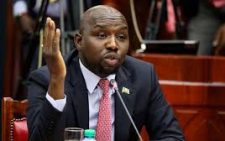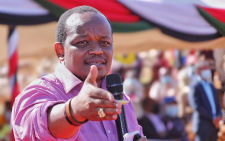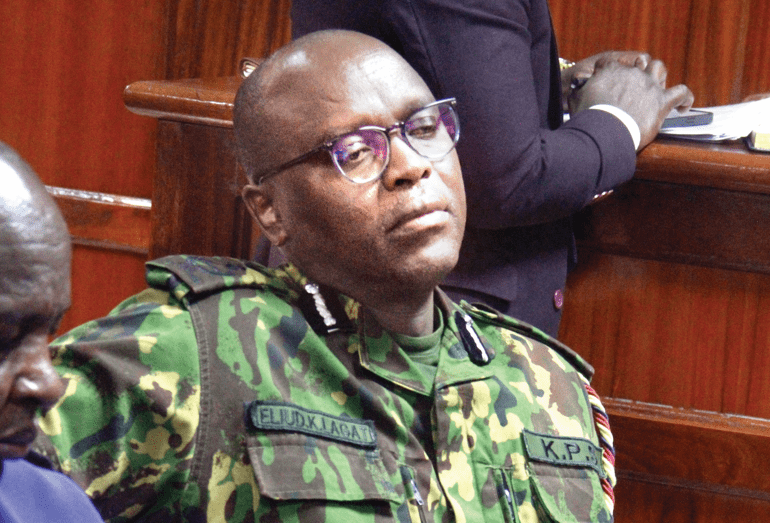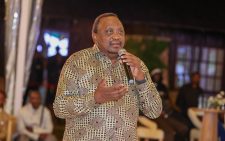Jomo Kenyatta, father of the nation? Mystical illusions, fear and fable
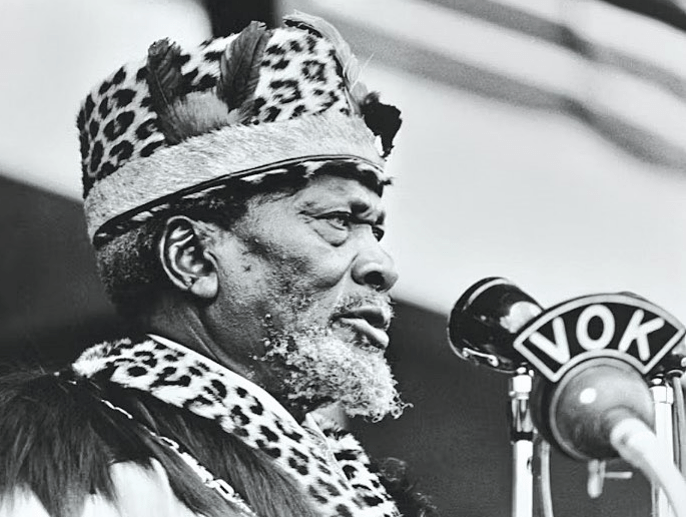
Kenya’s legacy as a state is deeply intertwined with Jomo Kenyatta’s influence on the nation. Kenya’s founding president died on 22 August 1978 in his sleep at State House, Mombasa.
Kenyatta is generally typecast as the “father of the nation”, guiding the newly independent Kenya onto the path of independence and development.
Jomo Kenyatta was a writer. His body of work includes two historical books, a fable, essays and a semi-autobiography. In these works he employed literary strategies to construct an identity and build mystique around his administration.
He created the image of the mythical father of the nation; one leading Kenyans in the fight against oppressive British colonialists and then ushering them into a newly independent state.
This image was aimed at dazzling readers, making them stand in awe of him. The intended effect was to conceal his non-democratic and opportunistic tendencies, and manipulate ethnic sentiment to shield Kenya’s leadership from other communities other than his, the Kikuyu.
As a literary scholar, I have been captivated by the way leaders like Kenyatta employ myth and religious tropes to shape their images and control how they are remembered.
Kenyatta’s work – particularly his seminal anthropological book Facing Mount Kenya (1938) and the semi-autobiography (co-authored with his staff and published under his name) Suffering Without Bitterness: The Founding of the Kenyan Nation (1968) – is a testament to the power of literature in self-representation.
In my study of Kenyatta, I argue that the former president strategically used myth. Myths are symbolic narratives associated with religious beliefs about superhuman, hero or demigod beings of an earlier age. Kenya’s preliterate society considered Kenyatta’s myth-building to be a true account. This is similar to what Julius Nyerere in Tanzania and Yoweri Museveni in Uganda did in their writings, Freedom and Unity/Uhuru na Umoja (1968) and Sowing the Mustard Seed (1997), respectively.
That Jomo Kenyatta is still remembered as the father of independent Kenya is testament to the profound influence of myth in shaping history. The power of myth to captivate the imagination of the masses made it a potent strategy for Kenyatta to assume and maintain power.
Kenya was a British colony from 1920 to 1963. During this period, Jomo Kenyatta gained popularity for his anti-colonial position. He advocated for the rights and independence of Kenyans.
Kenyatta’s writings were a powerful tool that propelled him to Kikuyu leadership. He used this position to reach national leadership when Kenya gained independence in 1963.
In Facing Mount Kenya, first published in 1938, Kenyatta crafted his identity as a saviour. A luminary who fought against evil white colonialists and ushered in a new age of black rule and independence.
However, while he was writing the book, he was in the midst of a 15-year absence from local and national politics. At the time, he was in Europe, studying and teaching. This, paradoxically, shielded him from the ethnic conflicts in Kenya during the colonial years. His absence cast him in the eyes of Kenyans as someone free from ethnic bias and who wasn’t part of the factional infighting of the new political parties.
This perception led Kenyatta to receiving a hero’s welcome upon his return to Kenya in 1946. His writings while he was away spared him close scrutiny. People only engaged with the person he said he was in his literature.
Throughout the colonial period, other nationalists made sacrifices for Kenyatta’s sake, stepping down to let him take leadership. James Gichuru, who became the first Kenyan finance minister, stepped down for Kenyatta twice. First in 1947 from the leadership of the Kenya African Union, a nationalist party. And then 15 years later from the presidency of the Kenya African National Union, which became the country’s first ruling party.
The literary investment Kenyatta put in Facing Mount Kenya was an early indication of his later investment in ethnic patronage. This is evident in his championing of “female circumcision” as a rite of passage, and his vision of a society in which the desires of women were subjugated to those of men. To quote him:
This belief indicates cultural chauvinism and can be an early sign of a leader with a hardline position. However, for Kenyatta, he was illustrating his being all-knowing. When it came to his leadership, this depiction allowed him to establish an authoritarian regime that revolved around him and his inner cabinet.
Kenyatta presented himself as a leader who struggled against dark forces, conquered them and returned home to spearhead the liberation of his people. His true self only began to emerge later in the post-colonial period.
After Kenya attained independence in 1963, the effort to prioritise national interests over ethnic ones was elusive, and Kenyatta risked being seen as a false messiah. He sought to revitalise the myth he had created. This is what Suffering Without Bitterness, published in 1968, sets out to do.
Kenyatta used myth and religious tropes to create the image of a leader persecuted for the benefit of Kenyans. He makes a metaphor of his suffering in the north of Kenya where he was held in detention. Kenyatta and five other nationalists were arrested and detained in 1952 by the British for leading the fight for independence.
In this book, Kenyatta creates the identity of a patriotic person who has suffered more than anyone else and has not lost hope. He portrays himself as a character tormented by the forces of colonialism. He is exposed to hard labour and a deficient diet.
He uses his suffering to extol his leadership, which with time became despotic, using an iron fist to silence opposition.
With Kenyatta struggling to steer the post-colonial state onto the development path, Suffering Without Bitterness sought to rhetorically revive the image of a larger-than-life hero.
The former president’s self-mythologisation was a complex process. He had an abstract notion of an ideal leader, but his personal ambition for power prevented him from being that.
He focused his energy and attention on concealing his ambition-deformed personality behind the mask of “father of a nation”.
In the hide-and-seek game with those critical of his leadership, the opportunity for genuine leadership and genuine service to nation-building was lost.
The article first appeared in The Conversation



